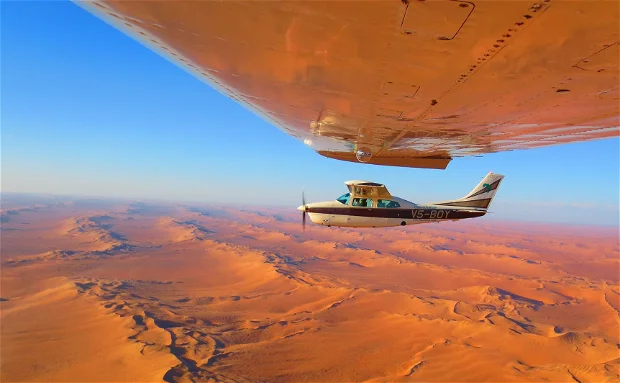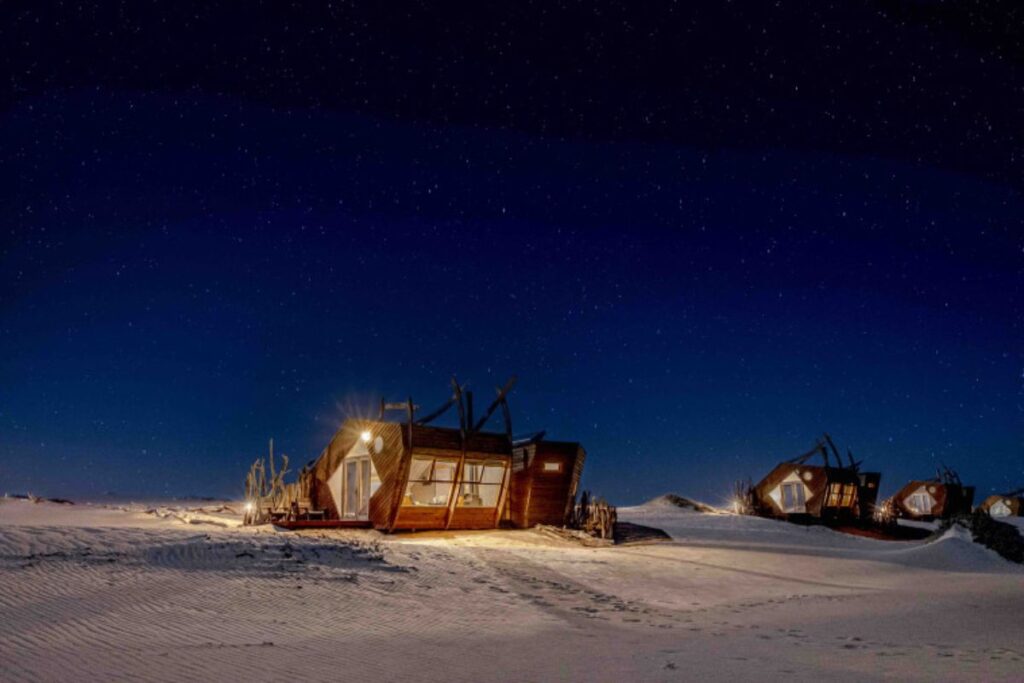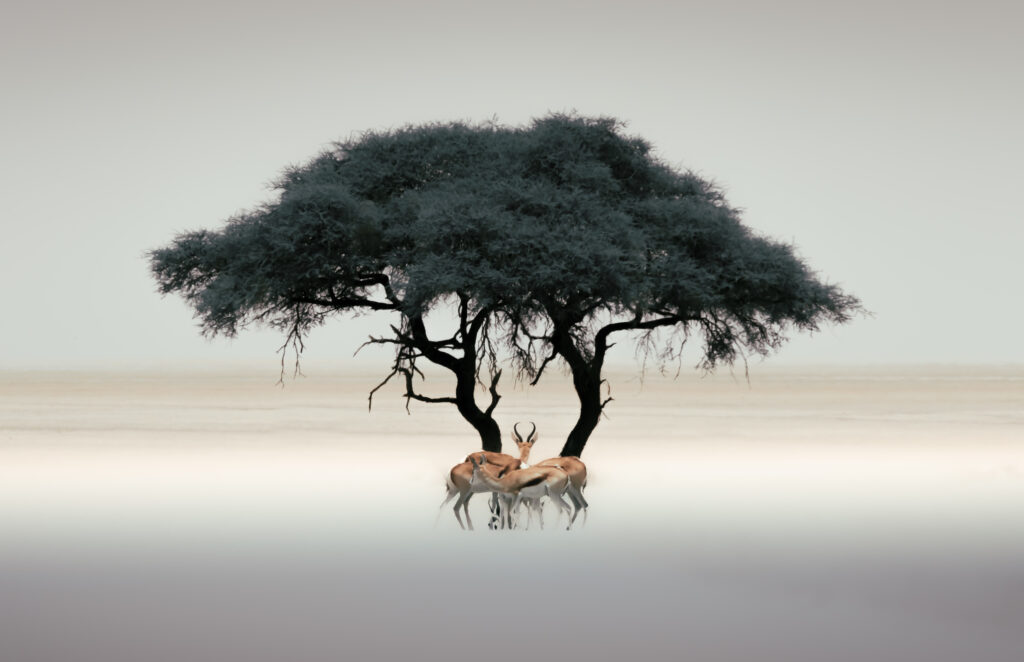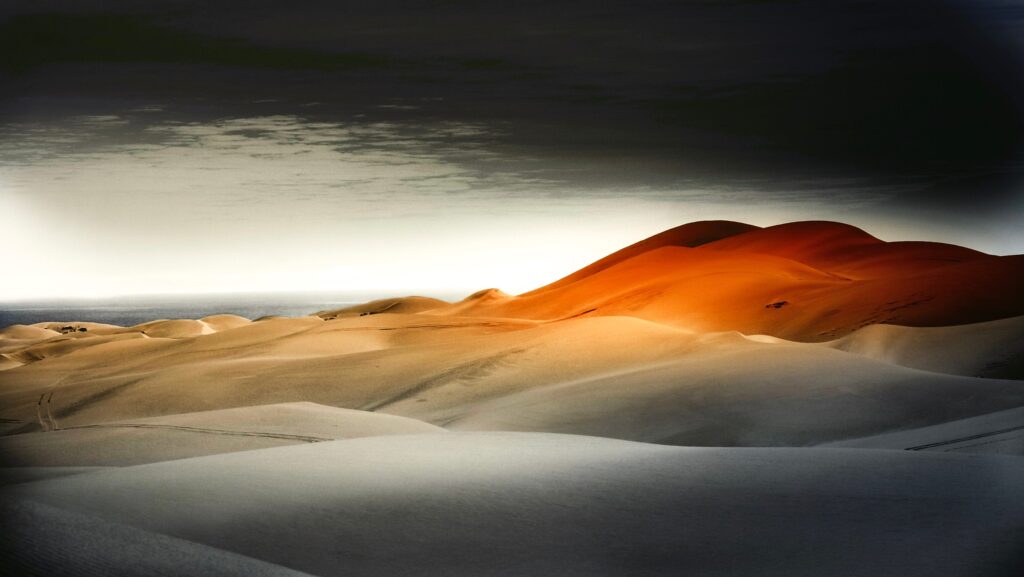Namibia’s Skeleton Coast, located in northern Namibia, is a unique and fascinating region that offers a blend of rugged coastline, vast desert landscapes, and an array of wildlife. Stretching over 500 km of coastline, Namibia’s Skeleton Coast is a popular destination for adventure seekers and those interested in exploring the wilderness. The area is characterized by its inhospitable shores, rough surf, and treacherous conditions for sailors, earning it the nickname “The Gates of Hell” by Portuguese sailors. Despite its harsh conditions, Namibia’s Skeleton Coast is home to a variety of desert-adapted plants and animals, including the iconic desert elephant.
What is the Skeleton Coast?

The Skeleton Coast is a mesmerizing 40 km wide and 500 km long coastal stretch in northern Namibia, where the Atlantic Ocean meets a stark and haunting desert landscape. Namibia’s Skeleton Coast is steeped in maritime history, with numerous shipwrecks dotting the coast due to its unique geological and climatic conditions. This area is renowned for its harsh environment, where the cold and unpredictable Benguela Current clashes with the arid dunes and rocky outcrops of north-western Namibia. The name “Skeleton Coast” originates from the numerous whale skeletons that once littered the shore, a testament to the treacherous waters that have claimed many ships and marine life over the centuries.
The Ovahimba people, indigenous to the region, have ingeniously used whale bones to construct their huts, showcasing their resourcefulness in this unforgiving environment. The Skeleton Coast is also a sanctuary for a variety of desert-adapted animals, including the elusive desert elephants, rhinos, desert lions, brown hyenas, jackals, giraffes, seals, oryx, kudus, and zebras. This unique blend of marine and desert ecosystems makes the Skeleton Coast a truly captivating destination.
Overview of the Skeleton Coast National Park
The Skeleton Coast National Park is a unique and fascinating destination located in northern Namibia, southern Africa. Namibia’s Skeleton Coast is historically significant due to the numerous shipwrecks that dot its coastline, a result of the challenging navigation conditions faced by early explorers, including misty weather and unpredictable currents. The park is known for its rugged and remote coastline, with a mix of sand dunes, rocky outcrops, and arid desert landscape. The Skeleton Coast National Park is a must-visit destination for anyone interested in exploring Africa’s most haunting coastline. The park is home to a variety of wildlife, including the desert elephant, and offers breathtaking scenery and landscapes.
Geography and Climate of the Skeleton Coast
The Skeleton Coast is a 40 km wide and 500 km long coastal stretch in Namibia, known for its hostile and fascinating area where the cold and unpredictable Benguela Current of the Atlantic Ocean clashes with the dune and desert landscape of north-western Namibia.
Namibia’s Skeleton Coast is characterized by a hot and arid desert climate, with dense fog and rough sea conditions that have historically posed significant navigation challenges. The misty weather and unpredictable currents have led to numerous shipwrecks, making this area a graveyard for many early explorers’ vessels.
The Skeleton Coast is home to some of the tallest sand dunes in the world, with the highest dunes reaching over 900 feet high.
The Skeleton Coast is also known for its shifting dunes, which are constantly changing shape and size due to the wind.
The park is divided into two parts, with the northern part being the Skeleton Coast National Park and the southern part being the West Coast Recreation Area, now part of the Dorob National Park.
Sand Dunes and Landscapes
The Skeleton Coast National Park spans over 500 km of coastline, offering a breathtaking array of landscapes that range from level coastal plains and dry riverbeds to occasional rocky outcrops. In the southern part of the park, visitors will find expansive gravel plains, while the northern region, starting from Terrace Bay, is dominated by majestic sand dunes. These dunes, some of the tallest in the world, rise over 900 feet high and are constantly shifting, creating ever-changing, crescent-shaped formations that march slowly across the desert.
Namibia’s Skeleton Coast, with its unique geological and climatic conditions, has a fascinating maritime history marked by numerous shipwrecks. The misty weather and unpredictable currents have led to many ships foundering in this remote region, making it a significant site for both historical exploration and modern conservation efforts.
The Namib Desert, aptly named the “vast place,” is a treasure trove of unique reptiles, insects, and plant life that have adapted to the harsh conditions. This desert, located in Namibia, southern Africa, is a testament to nature’s resilience and beauty. The Skeleton Coast’s diverse landscapes, from the towering sand dunes to the rugged rocky outcrops, offer a visual feast for those who venture into this remote and hauntingly beautiful national park.
Exploring the Skeleton Coast Park
The Skeleton Coast Park is a vast and remote area, with limited access to the public. Namibia’s Skeleton Coast is renowned for its historical shipwrecks, which are a testament to the navigation challenges faced by early explorers due to misty weather and unpredictable currents. The southern part of the park is freely accessible, but a permit is required from the entrance gate at Ugabmund and Springbockwater.
The northern part of the park is not accessible to the public and can only be reached with a tour operator holding a concession and qualification. Visitors can explore the park by driving over the beaches and dunes in four-wheel-drive vehicles or by flightseeing in light aircraft.
Accommodation Options

There are various campsites, lodges, and guesthouses along the Skeleton Coast, but most visitors choose to do a day visit and stay in the seaside village of Terrace Bay.
In the Skeleton Coast National Park, there are only two places to stay, both in the southern part of the park.
A campsite at Torra Bay is open during the tourist season, and there are chalets at Terrace Bay.
Visitors can also stay in nearby towns and cities, such as Swakopmund and Walvis Bay.
Tour Options
Exploring the Skeleton Coast offers a variety of thrilling tour options that cater to different interests and adventure levels. Guided game drives take visitors through the wide desert plains and dry river valleys, providing an up-close look at the eerie and captivating landscape. These drives offer the chance to spot desert-adapted wildlife and experience the raw beauty of the Skeleton Coast.
In addition to these adventures, tours often include visits to Namibia’s Skeleton Coast, where you can explore historical shipwrecks that tell tales of early explorers and their navigation challenges. For those seeking a bird’s-eye view, flightseeing tours provide an exhilarating way to appreciate the vastness of the coastline. These tours often include beach landings at key shipwrecks and sand dunes, allowing visitors to experience the Skeleton Coast’s most iconic attractions from a unique perspective. Dune drives offer another exciting way to explore the sand dunes, with the added option of visiting the Cape Cross headland, home to a bustling seal colony.
Accommodation options are plentiful, with the quaint seaside village of Swakopmund offering a charming base for exploration. Along the Skeleton Coast, visitors can also find various campsites, lodges, and guesthouses that provide a comfortable retreat after a day of adventure. Whether you choose to drive, fly, or hike, the Skeleton Coast promises an unforgettable journey through one of the world’s most hauntingly beautiful landscapes.
Wildlife and Flora
The Skeleton Coast is home to a variety of wildlife, including desert-adapted elephant, rhinos, desert lions, brown hyenas, and other species.
The park is also home to a variety of flora, including the dollar bush, brakspekbos, and Acacia trees.
The most fascinating flora are the lichen, which can be found growing on rocks and survive on moisture from the fog.
Visitors can also see large colonies of Cape Fur Seals at Cape Cross.
History and Culture
Namibia’s Skeleton Coast has a rich maritime history, with many shipwrecks dating back to the 16th century. The area has been inhabited by indigenous people for thousands of years, with archaeological evidence showing contact between Europeans and locals as early as the 16th century. Namibia’s Skeleton Coast is characterized by extreme environmental conditions, including mist and unpredictable currents, making it a notorious area for maritime disasters. The Namibian coast has been an important location for trade and commerce, with goods such as diamonds, copper, and guano being extracted and traded. Visitors can learn about the history and culture of the area by visiting museums and historical sites.
Conservation Efforts

The Skeleton Coast National Park is a protected area that covers over 2 million hectares of land, making it one of the largest national parks in Africa. The park is managed by the Namibian government, with the aim of conserving the unique desert landscape and its inhabitants. Conservation efforts focus on protecting the park’s fragile ecosystem, including the sand dunes, rocky outcrops, and desert-adapted wildlife. The park is also home to several conservation programs, including the protection of the Cape Cross seal colony and the reintroduction of desert-adapted elephants. Visitors to the park can support conservation efforts by following park rules, respecting wildlife, and supporting local communities.
Safety and Precautions
The Skeleton Coast is a challenging and dangerous place for sailors, with thick fog, rough sea, unpredictable currents, and stormy winds.
Visitors should be aware of the risks and take necessary precautions when exploring the park.
It is recommended to visit the park with a tour operator or guide who has experience and knowledge of the area.
Visitors should also be prepared for the hot and arid desert climate, with plenty of water and sun protection.
Planning Your Trip
The best time to visit the Skeleton Coast is during the cooler months, from June to October.
Visitors should plan their trip according to the weather and road conditions.
It is recommended to book accommodations and tours in advance, especially during peak season.
Visitors should also be prepared for the remote and rugged nature of the park, with limited access to amenities and services.

Essential Packing List
When visiting the Skeleton Coast, it’s essential to pack the right gear to ensure a safe and enjoyable trip. Here are some essentials to include in your packing list:
Comfortable hiking boots or shoes
Sun protection (sunscreen, hat, sunglasses)
Water bottle or hydration pack
First-aid kit
Camera and binoculars for wildlife viewing
Map and compass or GPS device
Food and snacks (including energy-rich foods for long drives)
Emergency shelter and warmth (in case of unexpected weather changes)
Insect repellent and sunscreen for protection against the sun and insects
A 4×4 vehicle or book a guided tour with a reputable operator
A valid permit for the Skeleton Coast National Park (if required)
Remember to check the weather forecast before your trip and pack accordingly. It’s also a good idea to check with your tour operator or park authorities for any specific gear requirements or recommendations.
Getting There and Getting Around
The Skeleton Coast is located in northern Namibia, and can be accessed by car or plane.
The nearest airport is in Swakopmund, and visitors can rent cars or book tours from there.
Visitors can also drive to the park from Windhoek, the capital city of Namibia.
The park is vast and remote, and visitors should be prepared for long drives and limited access to amenities and services.
Conclusion
The Skeleton Coast is a unique and fascinating destination that offers breathtaking scenery and landscapes.
Visitors can explore the park by driving over the beaches and dunes in four-wheel-drive vehicles or by flightseeing in light aircraft.
The park is home to a variety of wildlife and flora, and offers a rich maritime history and culture.
Visitors should be aware of the risks and take necessary precautions when exploring the park, and plan their trip according to the weather and road conditions.


